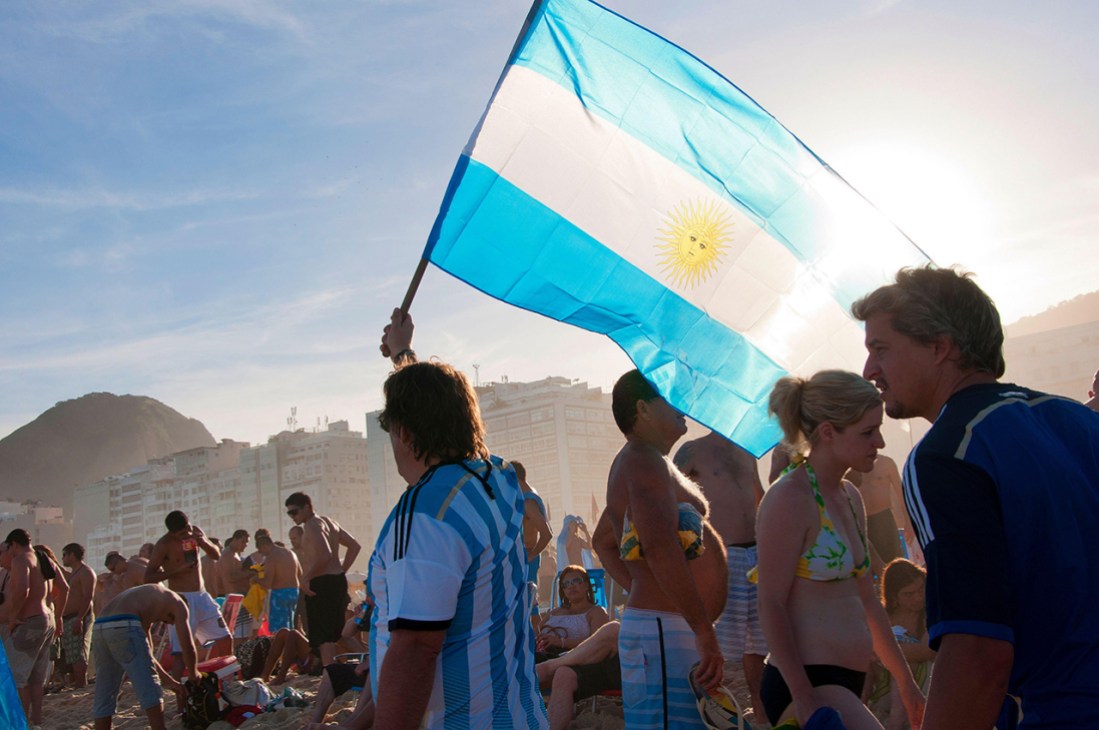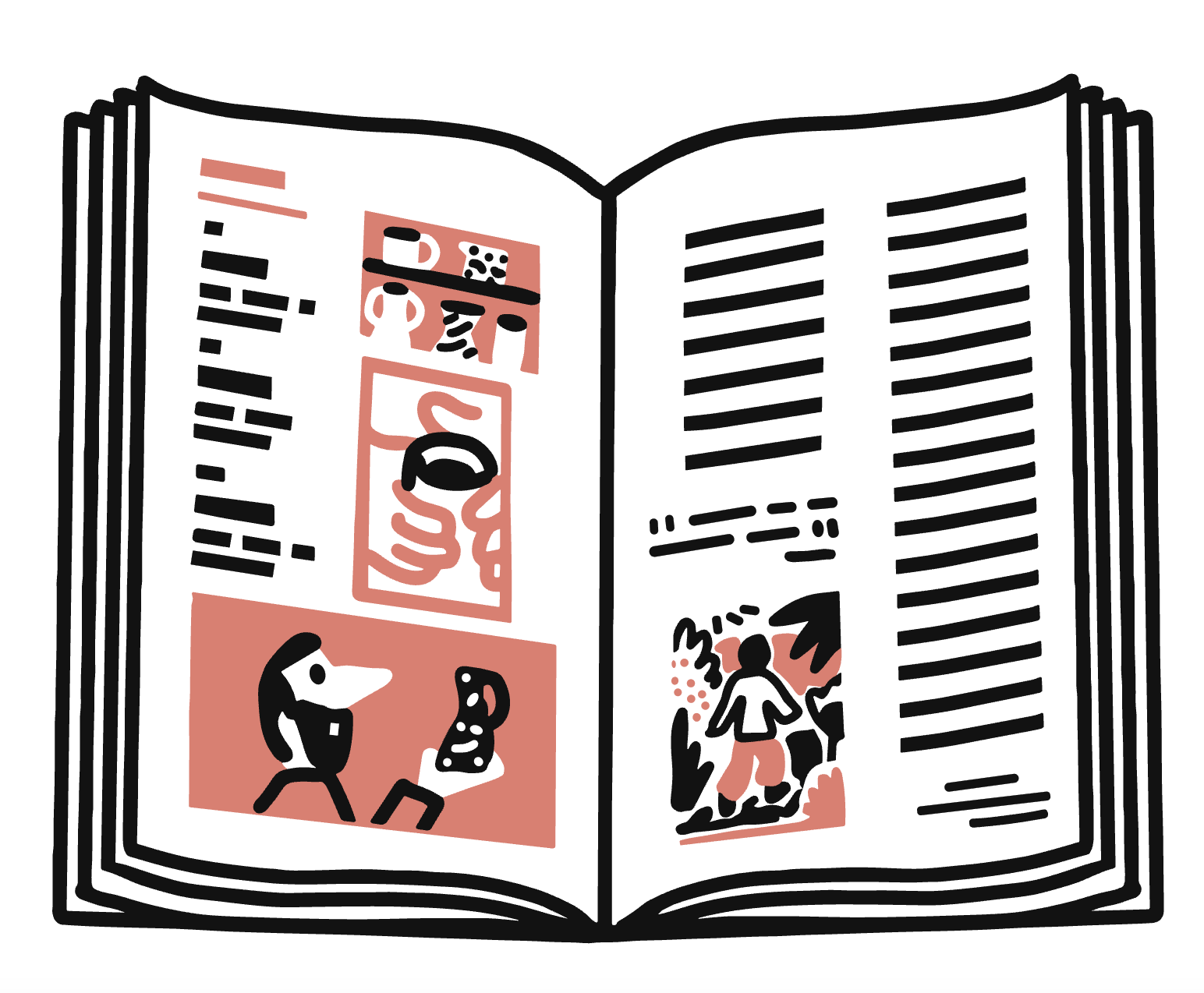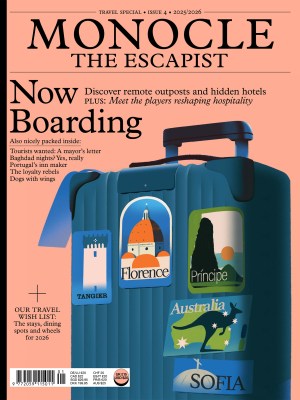Argentina’s strengthening peso is turning South American tourism upside down
Argentines are now jetting to Brazil for bargain holidays, but at home, not everyone is feeling the sunshine.
Much of Brazil is in the midst of its coolest winter in years but few in the tourism industry are complaining. From Florianópolis in the country’s south to the windswept beaches of Pipa and Jericoacoara in the northeast, Brazil’s seaside resorts have been operating at full tilt and there is one group of travellers to thank: Argentines.
Driven by a strengthened peso, outbound tourism from Argentina has exploded over the past year, with neighbouring Brazil, Chile and Uruguay all reaping the rewards. Brazil welcomed more than five million tourists this year – a record figure – with Argentines accounting for almost half of that number. Data from Chile tells a similar story: in the first months of 2025, the number of Argentine arrivals jumped by about 150 per cent compared with the same period last year. And they’re not just coming for the sun and sand. Many products are half the price in Brazil compared to in Argentina, prompting a surge in cross-border shopping expeditions.

The situation has turned a long-standing dynamic in South America on its head. Where Brazilians, Chileans and Uruguayans once flocked to Argentina for cheap shopping and excellent, well-priced wine and steaks, now it’s the turn of the Argentines to enjoy some suddenly affordable churrasco and caipirinhas. The man responsible for this turnaround is Argentina’s wild-haired libertarian president, Javier Milei. Since his inauguration in 2023, Milei has launched a flurry of economic, fiscal and monetary reforms, including prohibiting the Central Bank from printing pesos to finance spending – an old Argentine habit that has often weakened the currency. In real terms, the Argentine peso strengthened by more than 40 per cent last year, more than any other currency.
For Argentines with a little extra cash to burn, the situation has fuelled a feel-good factor that has kept Milei’s approval ratings buoyant – but his appeal isn’t broad. Clearly, not everyone is reaping the rewards of Milei’s policymaking. Studies suggest that a two-week family holiday on the white-sand beaches of Rio de Janeiro now costs about half of a similar-length trip to Argentina’s less exotic Mar del Plata. While the middle class enjoy their increased purchasing power abroad, working-class Argentinians continue to struggle as a result of the cuts to government handouts and subsidies that underpin Milei’s fiscal austerity policies.
The local tourism industry is also suffering. As the peso strengthens, the cost of holidaying in Argentina has become sharply more expensive for visitors. In May the number of foreigners coming to the country dropped 14 per cent compared to last year. As a result, local operators are increasingly switching their focus to higher-income foreign tourists and high-value experiences. They’re pinning their hopes on luxury resorts in the Mendoza wine country and full-service adventure travel in the wilds of Patagonia. Milei might court Argentines enjoying Brazil’s simple pleasures of sun, sand and cachaça – but holidays are all too fleeting. The country’s new-found fortunes need to begin making life a little sunnier at home too.
Bryan Harris is a Monocle contributor based in São Paulo. For more opinion, analysis and insight, subscribe to Monocle today.
Read next: As economic optimism rises, Javier Milei makes a play for Argentines’ mattress money



